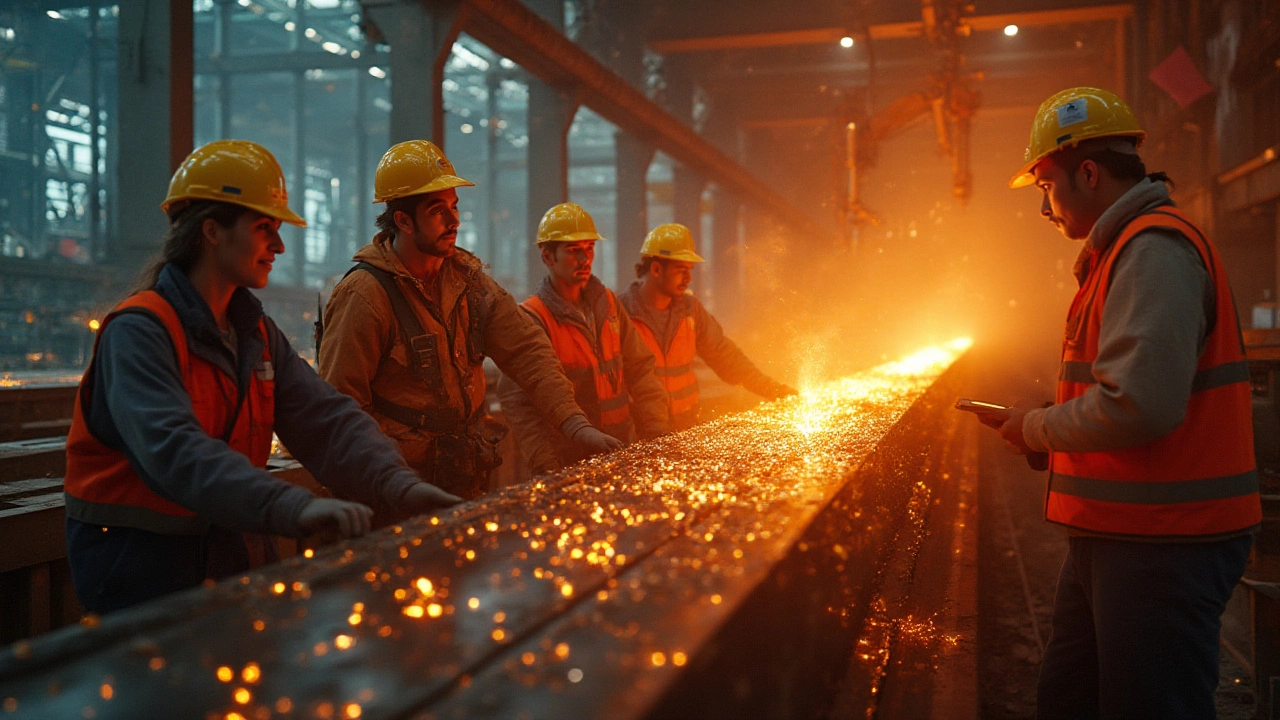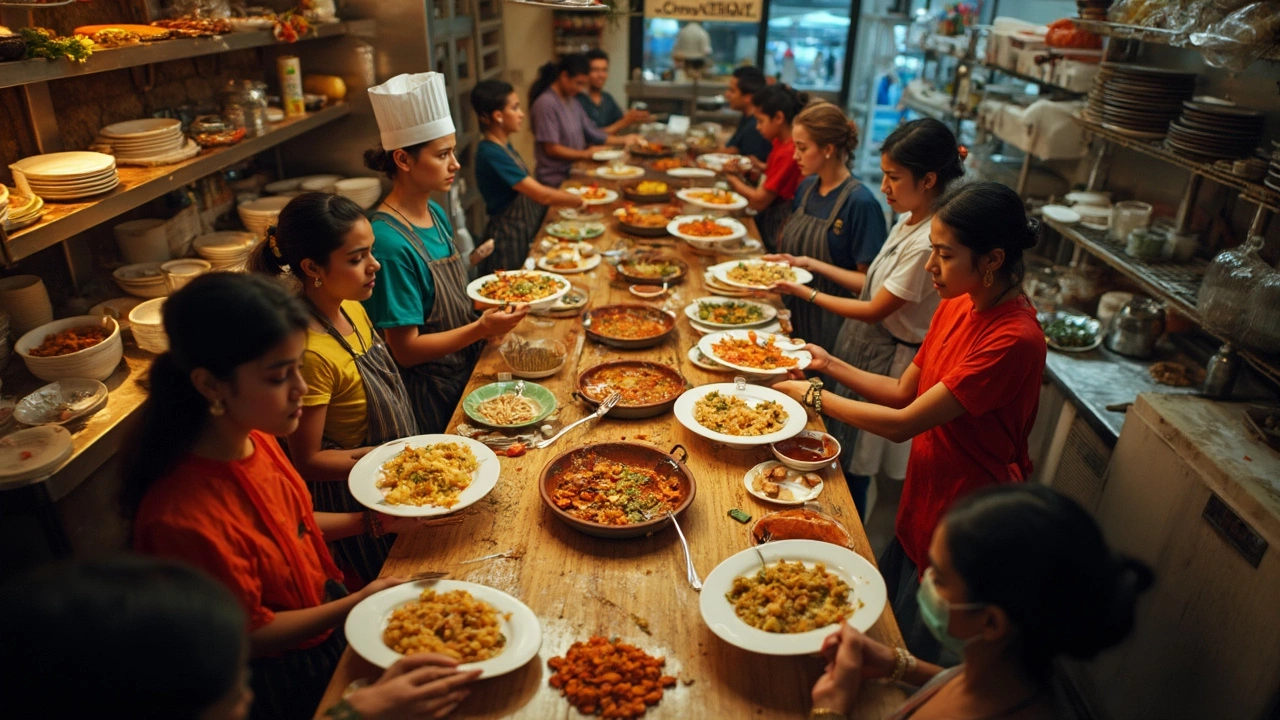Ashley Furniture Production
When working with Ashley Furniture production, the large‑scale process of crafting, assembling, and finishing furniture pieces under the Ashley brand. Also known as Ashley Furniture manufacturing, it is a major driver of the global home‑furnishings sector. This industry Ashley Furniture production hinges on sustainable manufacturing, eco‑friendly practices that cut waste, energy use, and emissions in factory operations. Sustainable manufacturing encompasses low‑carbon material sourcing, waste‑to‑energy loops, and closed‑loop water recycling. Because of tighter regulations and consumer demand for greener homes, factories now track carbon footprints for each chair and sofa. The result? A production line that not only meets design standards but also reduces its environmental load, proving that Ashley Furniture production can be both profitable and planet‑friendly. This alignment of profit and purpose illustrates the semantic triple: Ashley Furniture production encompasses sustainable manufacturing, and sustainable manufacturing requires efficient resource use.
The Indian furniture market, one of the fastest‑growing segments in Asia, driven by rising middle‑class demand and urban housing projects now plays a pivotal role in shaping production strategies. Growing urbanization pushes suppliers to shorten the supply chain, the network of raw material providers, logistics partners, and distributors that moves components from forest to showroom. A robust supply chain enables quicker response to style trends, lowers inventory costs, and cuts transportation emissions—key factors for manufacturers eyeing the Indian market. Labor skill levels also matter; many factories invest in upskilling programs for CNC machining, upholstery, and quality control, which boosts both speed and product consistency. Together, these elements create a semantic link: The Indian furniture market influences supply chain design, and an optimized supply chain supports market growth. Understanding this web helps businesses decide where to locate new plants, which raw woods to certify, and how to price products for cost‑conscious Indian shoppers.
Looking ahead, technology will rewrite the rules of Ashley Furniture production. Automation, AI‑driven demand forecasting, and real‑time emissions monitoring are already entering assembly lines. These tools allow factories to adjust production runs on the fly, reducing over‑manufacturing and waste. At the same time, stricter environmental standards push firms to adopt bio‑based adhesives and reclaimed wood, further tightening the link between sustainable manufacturing and market expectations. For anyone interested in how furniture is made, the shift toward greener, data‑rich factories presents both challenges and opportunities. Below, you’ll find a curated set of articles that dive deeper into topics like container garden watering (useful for plant‑based material testing), highest‑paying factory jobs, plastic demand trends, and more—all of which intersect with the broader story of Ashley Furniture production. Explore these insights to see how each piece fits into the larger puzzle of modern, responsible manufacturing.
Where Is Ashley Furniture Made? Inside Ashley's Global Manufacturing Secrets
Ever wondered where Ashley Furniture actually makes all that stylish furniture? Discover the global network behind Ashley's manufacturing, learn facts & tips for buyers.
- manufacturing
- India
- food processing
- garden tips
- rice cultivation
- government schemes
- balcony garden
- urban gardening
- balcony gardening
- profitable business
- business ideas
- plastic manufacturing
- drip irrigation
- plant care
- steel manufacturing
- sustainable gardening
- startup ideas
- steel industry
- flower gardening
- textile manufacturers






